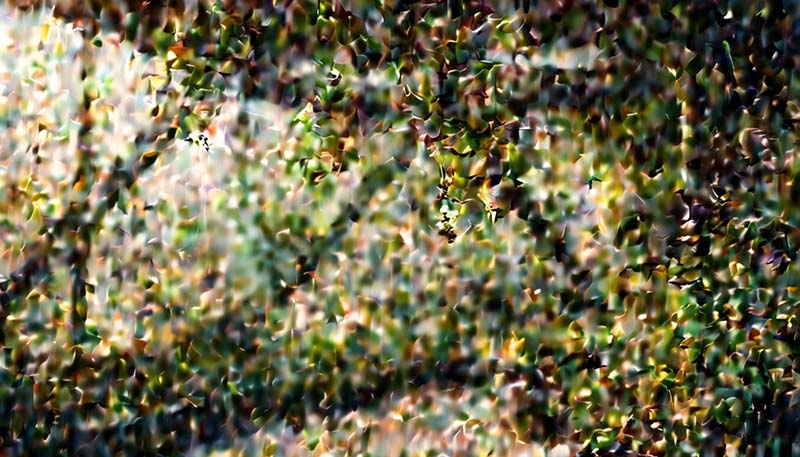Biophilia in Design: Bringing Nature Indoors
Biophilia in Design: Bringing Nature Indoors
Welcome to an exploration of biophilia, the concept that humans have an innate affinity for the natural world. This article delves into how biophilic design can be incorporated into indoor spaces to improve well-being, productivity, and our connection to the environment.
Biophilia, a term coined by biologist E.O. Wilson, suggests that we have an instinctive bond with the natural world. This principle has been adapted into the field of design to create spaces that are more harmonious with our natural inclinations.Introduction to Biophilia
The integration of natural elements into buildings and interior spaces can have profound effects on our mental and physical health. This article will discuss the importance of biophilic design and how it can be implemented in various settings.
Studies have shown that biophilic design can reduce stress, increase feelings of well-being, and improve cognitive function. It can also enhance creativity and productivity in workspaces.Benefits of Biophilia in Design
Advertisement
Here are some of the key benefits:
- Stress Reduction: Natural elements can calm the mind and reduce anxiety.
- Improved Health: Exposure to plants and natural light can boost immune function and overall health.
- Increased Productivity: Workers in biophilic spaces report higher levels of focus and job satisfaction.
- Sustainability: Biophilia encourages the use of sustainable materials and practices.
Implementing Biophilic Design
There are several ways to bring biophilia into your indoor spaces:
1. Natural Light
Maximize the use of natural light through large windows, skylights, and light wells. Natural light is essential for regulating our circadian rhythms and mood.
2. Indoor Plants
Introduce plants into your space. They can improve air quality, reduce noise levels, and provide a sense of calm and tranquility.
3. Natural Materials
Use materials that have a natural texture or appearance, such as wood, stone, and ceramics. These materials can evoke a sense of warmth and comfort.
4. Water Features
Water has a calming effect and can be incorporated through fountains, aquariums, or even decorative glass and water elements.
5. Views to Nature
If possible, design spaces to have views of outdoor landscapes. If this isn't feasible, consider using large murals or photographs of nature.
6. Natural Shapes and Forms
Incorporate furniture and design elements that mimic natural shapes, such as leaves, branches, and flowing lines.
7. Sustainable Practices
Implement sustainable practices, such as using low-VOC paints, recycled materials, and energy-efficient appliances.
Let's look at a few examples of biophilic design in practice:Case Studies in Biophilic Design
The Edge, Amsterdam
The Edge, located in Amsterdam, is widely recognized as one of the most sustainable and connected office buildings in the world. It features an abundance of natural light, green spaces, and smart technology that reduces energy consumption.

Pearson Airport, Toronto
Toronto's Pearson Airport incorporates biophilic design with its use of natural materials, extensive greenery, and a design that mimics the shape of a bird in flight.
Google's London Office
Google's London office features a treehouse meeting room, living walls, and a variety of indoor plants, creating a vibrant and healthy work environment.
While the benefits of biophilic design are clear, there are challenges in implementing such designs, especially in urban environments:Challenges and Solutions in Biophilic Design
Limited Space
Solution: Utilize vertical gardens, hanging plants, and multi-level green spaces to maximize the use of limited space.
Maintenance
Solution: Choose low-maintenance plants and invest in automated irrigation systems to reduce the upkeep required.
Cost
Solution: While initial costs may be higher, consider the long-term benefits of improved employee health and productivity. Also, look for cost-effective ways to incorporate nature, such as using local and reclaimed materials.
Biophilic design is a powerful tool for creating healthier, more productive, and sustainable indoor environments. By understanding the benefits and overcoming the challenges, we can design spaces that not only serve our functional needs but also nourish our deep-seated desire for connection with nature.Conclusion
As we continue to urbanize and spend more time indoors, the importance of biophilic design will only grow. It's an investment in our well-being and a step towards a more harmonious coexistence with the natural world.
 2024-02-29
2024-02-29 69 Comments
69 Comments